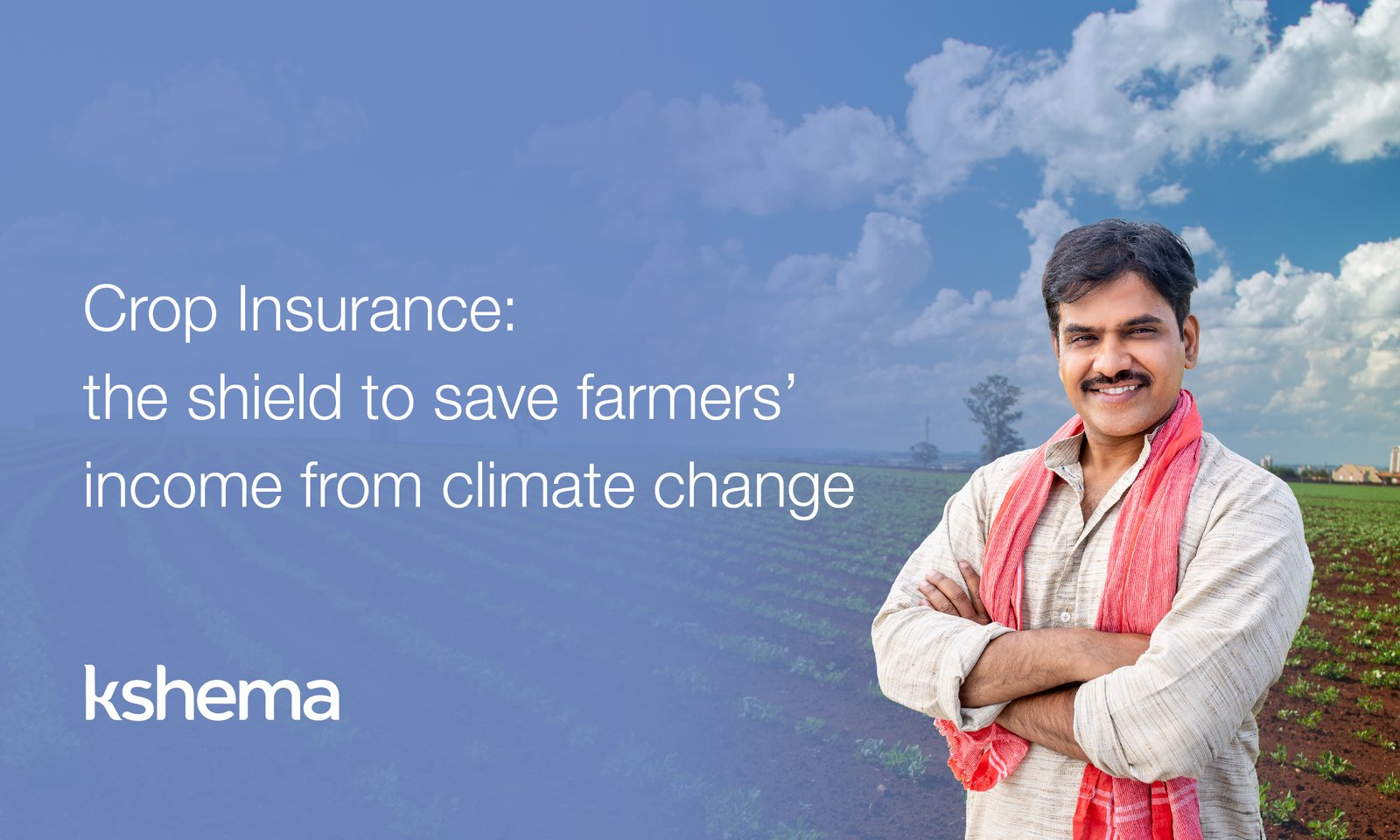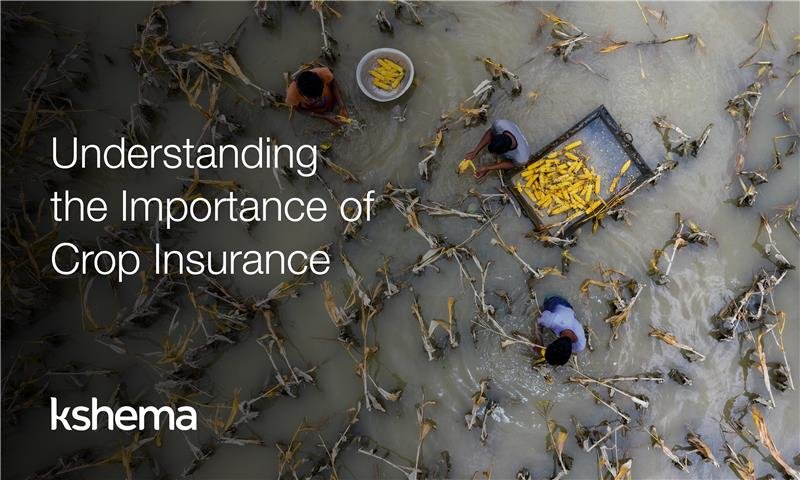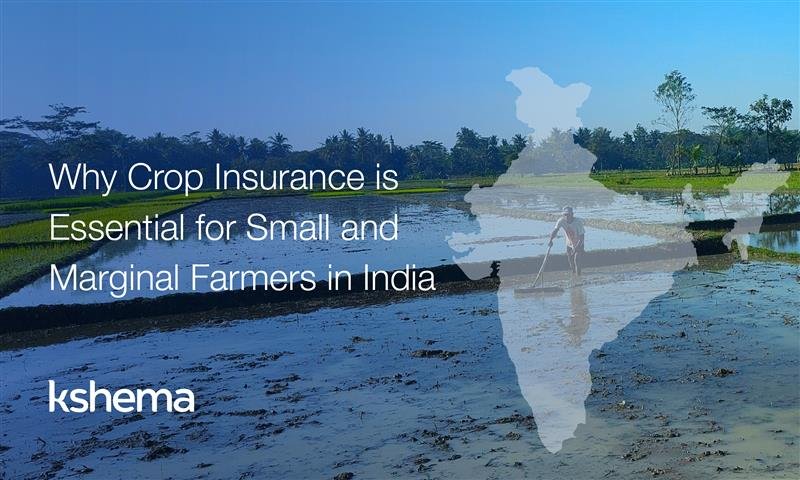Climate change is a reality which is staring at us unforgivingly. The global changes in temperatures have started a chain of events which is impacting every corner of the planet. Lives and livelihoods are increasingly being affected by extreme climate events. The latest Emissions Gap Report from the UN Environment Programme (UNEP) finds that current pledges under the Paris Agreement put the world on track for a 2.5-2.9°C temperature rise above pre-industrial levels this century. Climate change will affect all of us and disrupt our economic activities putting our survival at risk.
Impact of Climate Change on Agriculture
Agriculture will not be an exception. A study conducted by the Indian Council of Agricultural Research (ICAR) under the National Innovations in Climate Resilient Agriculture project to analyse the impact of climate change found that:
- rainfed rice yields may reduce marginally (<2.5%) by 2050 and 2080
- irrigated rice yields could decrease by 7% (2050) and 10% (2080)
- wheat yield may reduce by 6-25% by 2100
- maize yields by 18-23% by 2100
According to a study, India lost 33.9 million hectares of cropped area due to floods and excess rains between 2015 and 2021. Additionally, 35 million hectares were lost due to drought. The ICAR conducted a vulnerability assessment of agriculture in 573 rural districts of India and 109 districts fall under the “very high risk” category while 201 districts are in the “risk category”, putting the focus squarely on weather management.
It is evident that extreme climate events are becoming more intense and frequent, disproportionately affecting agricultural activity and production. This will push more farmers into debt resulting in poverty.
Weather management & crop insurance
Two ways that farmers can counter the effects of climate change on their incomes include utilising technology for better weather management, involving stakeholders like weather information services, trained staff etc. and by buying crop insurance to safeguard their crops and income. Crop insurance mitigates the consequential income loss caused by these extreme weather events.
Kshema Sukriti: Path-breaking crop insurance solution
Kshema Sukriti, a pioneering crop insurance solution helps farmers build a financial safety net. Starting from Rs 499 per acre, Sukriti is a customisable crop insurance solution that protects more than 100+ crops. Farmers can choose to insure their crops with a combination of perils – one major and one minor – from a predetermined list of nine perils. This flexibility ensures farmers choose the combination of perils that is most likely to affect their crop based on climate, region, location of their farm, historical pattern etc.
The major perils covered are cyclone, inundation (not applicable for hydrophilic crops), flood, hailstorm while the minor perils include earthquake, landslide, fire due to lightning, animal attack (monkey, rabbit, wild boar, elephant) and damage due to aircraft.
Farmers also have the option of enhancing the sum insured in this unique crop insurance solution by paying additional premiums to safeguard their financial interest. A farmer can buy Sukriti crop insurance by registering on the Kshema app from the comfort of their home. They can even submit claims on the app by uploading policy details and photos or videos of the damaged crop. Kshema deploys technology like geo-tagging, satellite imagery, AI-based algorithms etc. to ensure speedy settlement of claims for both Sukriti and Prakriti crop insurance solutions.
Crop insurance: A necessity
Crop insurance solutions not only secure financial interests of farmers but over time they lead to higher investment and better practices in agriculture, leading to overall growth of the sector.
Therefore, it is imperative that farmers buy crop insurance along with seeds, fertilisers, equipment etc during every agricultural season to save their income from any adverse climatic event and start their journey towards prosperity.


















